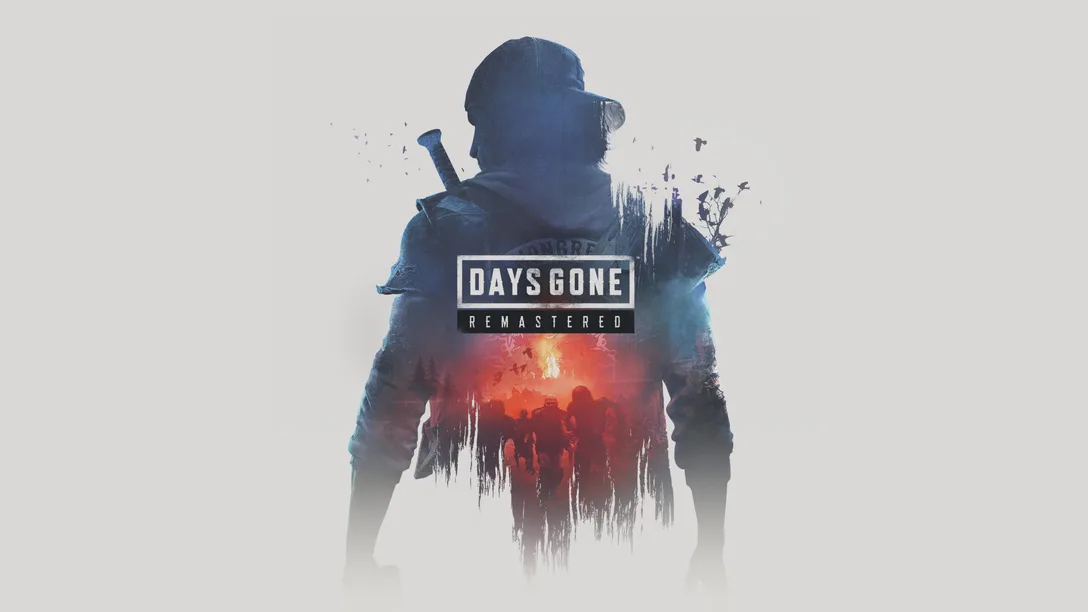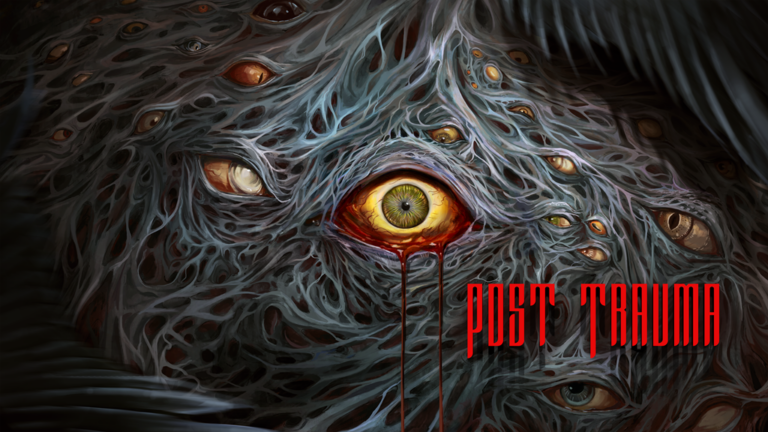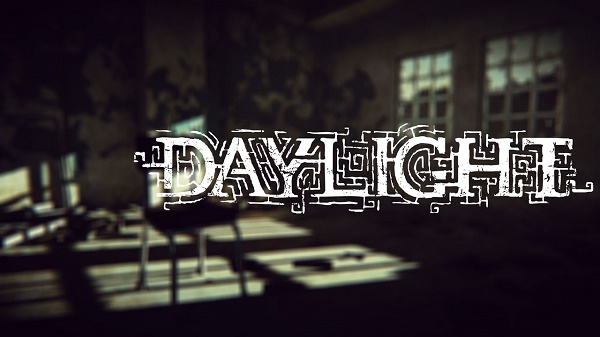
Daylight is the capitalization of the idea that YouTubers are a necessary tool for success. One of the biggest genres that you see played by these lot is horror; with a thumbnail of a scared face marking the entry point to a video where a person may or may not be exaggerating their terror when confronted by a jump scare. Daylight is a game seemingly made to have success on Youtube and Twitch.tv, hoping that a series of jump scares, spooky sounds, and gimmicks will make it gain traction on video-centric platforms.
It is this targeting of a specific community that seems to have compromised originality and led Zombie Studio’s Daylight to be an uninspired horror game with a little more than a few cheap thrills.
Daylight begins in an abandoned hospital where the game’s protagonist, Sarah, awakes. Sarah is accompanied in her journey by just her cell phone and a strange man on the other end of it that reminds me of a mix between Vincent Price, Atlas from Bioshock, and sometimes Jayden Smith (due to his nonsensical non-sequiturs). Sarah is tasked with making her way out of a nightmare she was suddenly dragged into with no explanation by exploring her foreign environment and finding clues on how to escape.
I entered the game hoping Sarah would be an interesting character; the gaming medium, for the most part, lacks interesting female leads. When I first previewed the game I expected that Sarah would be a more vocal character in the final product, emoting her fear and confusion in regards to the situation around her in ways other than heavy breathing and screams. While she does speak, her comments are hardly context-sensitive, sometimes even repeating.
The story of Daylight is lacking and unbelievably predictable. If I were to say that I predicted the end twist in the first 5 minutes of the game after reading one note, you probably wouldn’t believe me, but I happened to stream it and the proof is there. This isn’t a testament to my own mental plot-digging prowess but to the game’s poor narrative. Now, a game such as this doesn’t need a deep story or a lot of dialogue to work; it’s a haunted house ride. Comparatively, Outlast‘s plot is very simple and it doesn’t try to gussy it up it into something more complex. It knows what type of game it is and provides just enough to give players a driving force to push them from point A to B.
Perhaps if it weren’t for Daylight‘s attempts to introduce psychological horror themes in such a vapid fashion, its story’s transgressions wouldn’t be noteworthy. But the presence of this leads to unresolved ends that felt included for the sake of feigned mystery rather than a legitimate cliffhanger for a future installment.
In short, expect a terrible Shyamalanian twist coming from a mile away and an unsatisfying ending.
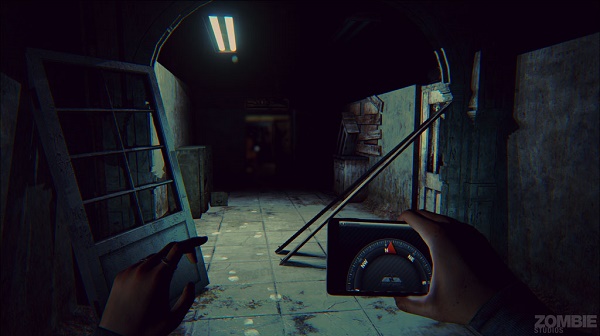
The gameplay of Daylight is pretty repetitive in its structure. Sarah must slowly explore an area, find a locked door, and find the key. Wash. Rinse. Repeat. Once she has acquired the key she needs, it’s time to go back to the door in order to move onto the next area. This rhythm repeats several times until the game’s end. In her search, a series of strange sounds and scares occur. Sarah is pursued by a ghost – just one – throughout her short-lived journey. This ghost is the source of the game’s repetitious jump scares and intended sense of dread. Flares found within the game act as an additional light source; more importantly, these flares are a defensive tool that force the ghost to retreat when it’s in pursuit. In order to make items and locations of interest more apparent, glow sticks can be used to outline things in the environment.
I’ll admit that some of the early jump scares are effective as Daylight excels at one thing: sound design. Playing the game in surround sound was a treat as subtle sound cues build up and can potentially lead to entertaining scares, but over the course of time it begins to become predictable, and I became indifferent to the ghost’s surprise appearances.
Due to the nature of the actual gameplay, Daylight‘s level design is procedurally generated so that each playthrough is theoretically different every time; again, this may be part of its attempts to appeal to a Let’s Play and stream audience – which is not a negative in all cases, just here as there’s not much depth to the game as a whole.
Variety is appreciated in a game of this length, which is about two hours, but a change in map layout has no real impact when Daylight‘s core mechanics remain monotonous. The game lacks unique moments to shake things up, losing the opportunity to truly affect players by altering expectations.
The fact that Daylight is one of the first Unreal Engine 4 games to release doesn’t seem to be a significant talking point anymore, as the game doesn’t impress visually. The lighting is occasionally striking in certain areas, but otherwise textures are artificial-looking and unimpressive. The procedurally generated aspect does have an influence on the level design, but my time with the game didn’t reveal anything of significant substance on a separate playthrough.
One of the other touted features of Daylight is its Twitch.tv integration. If players choose to stream the game, the audience watching can influence their experience by typing in keywords that have an effect over what happens. My experience with this feature was a pretty negative one. In theory, the audience having some interaction with the streamer is pretty cool, but in the case of Daylight the end result boiled down to a series of sound effects spammed over and over again in 30 second to 1 minute intervals, effectively ruining the impressive sound design the game had going for it.
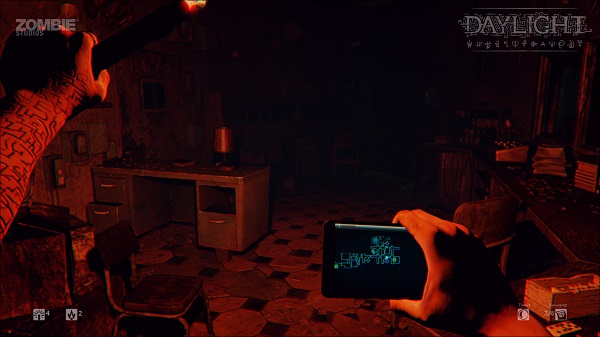
Daylight can be lumped in with the many indie horror games available online that remind us that games like Amnesia and Slender have had a widespread impact on the genre. Where Daylight could have innovated, it emulated – and it suffers for it. Daylight may have higher production values than many of the Slender and Amnesia clones out there, but it treads the same tired formulas that have made the indie horror scene so unappealing lately. There are better games than Daylight, but there are also worse ones. Even so, the light at the end of this tunnel is not one worth stepping into.
 (4 / 10)
(4 / 10)
Below Average
 (4 / 10)
(4 / 10)
 cjmelendez_
cjmelendez_